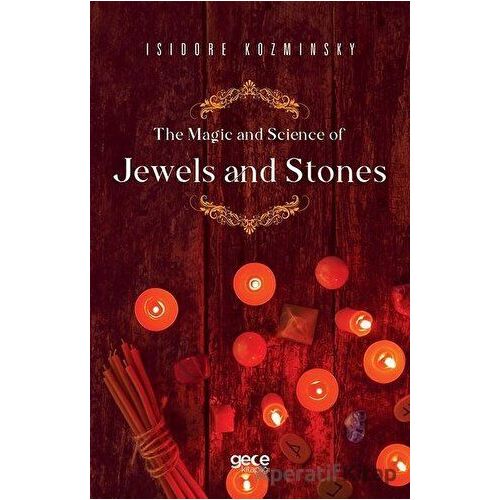Hiç mesaj bulunmadı
| Ödeme Türü | Toplam Tutar |
|---|---|
| Diğer Kredi Kartları | 332.00 TL |
| Havale / Eft | 332.00 TL |
| Posta Çeki | 332.00 TL |
| Kapıda Ödeme | 342.00 TL |
Kapıda ödemeli siparişlerde +10,00TL kapıda ödeme hizmet bedeli ilave edilir. |
|
- Vade farksız taksitler KOYU renkte gösterilmektedir.
- X+X şeklinde belritilen taksitler (Örneğin: 2+3) 2 taksit olarak işleme alınmakta ancak ilgili bankanın kampanyası dahilinde 2 taksit üzerinden işlem yapıldığı halde 2+3 yani 5 taksit olarak kartınıza ve ödemenize yansımaktadır. (2 taksit seçilmiş olsa bile banka kampanyası dahilinde ekstradan vade farkı eklenmeden işlem 5 taksite bölünmektedir.)
“...In ancient times the minerals comprising or included in this important group were commonly known by the name Lapis Nephriticus or Kidney Stone, and from this name in the 18th century Dr. A. G. Werner suggested the term Nephrite. To the Nephrite varieties the general term Jade is universally applied. The name occurs in old writings as jad and jadde, and is derived from the Spanish Hijada, kidney. Sir Walter Raleigh in 1595 wrote of this “kinde of stones which the Spaniards call Piedras Hijadas and we use for spleene stones.” Chemically the species included under the name “jade” are not the same, the nephrite jade being a silicate of lime and magnesia and the jadeite a silicate of sodium and alumina, but the modern scientist in common with the ancient scientist binds them together under the one denomination—kidney stone. In the 19th century Professor A. Damour demonstrated the chemical difference between jade and jadeite. The well-known Camphor Jade of China is a white jadeite, some specimens containing certain percentages of Chromium exhibiting those apple-green patches so highly praised by gem collectors. Burmese Jade, known as Chauk-Sen, (which since the 13th century has been principally exported to China) is chiefly jadeite, and the Imperial Jade of charming pale or apple-green colour, known as Feitsui and set down by some writers as chrysoprase, is more properly Prehnite. The nephrite charms—Piedras Hijadas—known in Mexico as Chalchihuith when the Spanish invaded that country were probably jadeites. The Chinese have held the jade family in the highest esteem and reverence for many centuries, and it poetically expresses to them all the virtues of many precious stones blended together...”



